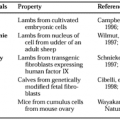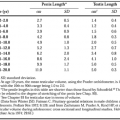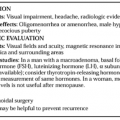POSTPARTUM THYROIDITIS
Part of “CHAPTER 46 – THYROIDITIS“
Like spontaneous lymphocytic thyroiditis, postpartum thyroiditis is associated with HLA-DR3, but an association with
DR5 also is observed.45 This postpartum entity occurs in 5% to 9% of all pregnancies.58, 60, 61 and 62 These observations are of particular interest for the probable autoimmune nature of this and the classic form of silent thyroiditis, as it is well established that many autoimmune diseases flare during the postpartum period after resolution of the immune suppression normally seen to occur during pregnancy. Higher ratios of helper (CD4+) to suppressor (CD8+) T cells seen in the postpregnancy state may play a critical role in the development of this postpartum dysfunction.63 Patients with type 1 diabetes mellitus are especially prone to the development of postpartum thyroiditis; as many as 25% experience this disorder.59, 64
DR5 also is observed.45 This postpartum entity occurs in 5% to 9% of all pregnancies.58, 60, 61 and 62 These observations are of particular interest for the probable autoimmune nature of this and the classic form of silent thyroiditis, as it is well established that many autoimmune diseases flare during the postpartum period after resolution of the immune suppression normally seen to occur during pregnancy. Higher ratios of helper (CD4+) to suppressor (CD8+) T cells seen in the postpregnancy state may play a critical role in the development of this postpartum dysfunction.63 Patients with type 1 diabetes mellitus are especially prone to the development of postpartum thyroiditis; as many as 25% experience this disorder.59, 64
Stay updated, free articles. Join our Telegram channel

Full access? Get Clinical Tree






